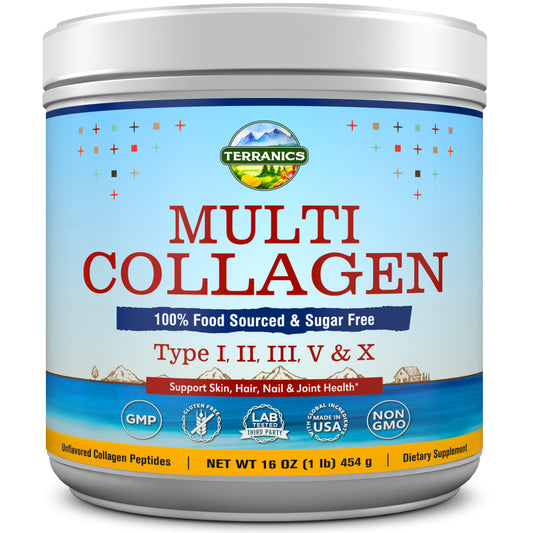
Arthritis is often thought of as a condition that primarily affects older adults. While it's true that the risk of developing arthritis increases with age, it's important to remember that this debilitating disease can affect people of all ages, even children.
Understanding Arthritis
Arthritis is an umbrella term for over 100 different conditions that cause pain, stiffness, and swelling in the joints. The most common type is osteoarthritis, which occurs when the cartilage that cushions the ends of bones wears down. Other forms of arthritis include rheumatoid arthritis, an autoimmune disease, and gout, caused by a buildup of uric acid in the body.
Arthritis in Children
While less common, children can also develop arthritis. Juvenile idiopathic arthritis (JIA) is the most frequent form, affecting children under 16. JIA can cause pain, swelling, stiffness, and limited range of motion in the joints. Early diagnosis and treatment are crucial for managing JIA and preventing long-term complications.
Arthritis in Young Adults
Young adults may experience arthritis due to injuries, overuse, or genetic predisposition. Conditions like lupus, psoriatic arthritis, and reactive arthritis can also manifest in this age group. Early recognition and management are essential to prevent joint damage and maintain mobility.
Arthritis in Middle Age
As we age, the risk of developing arthritis increases. Middle-aged adults may experience osteoarthritis, rheumatoid arthritis, or gout. Lifestyle factors like obesity, lack of exercise, and smoking can contribute to the development of arthritis.
Arthritis in Older Adults
Older adults are most susceptible to arthritis, particularly osteoarthritis. As cartilage continues to wear down, joint pain and stiffness become more pronounced. Managing arthritis in older adults often involves a combination of medication, physical therapy, and lifestyle modifications.
What You Can Do
Regardless of your age, there are steps you can take to prevent or manage arthritis:
- Maintain a Healthy Weight: Excess weight puts extra stress on joints.
- Engage in Regular Exercise: Physical activity strengthens muscles and improves joint flexibility.
- Eat a Healthy Diet: A balanced diet rich in fruits, vegetables, and whole grains can reduce inflammation.
- Avoid Smoking: Smoking damages cartilage and increases the risk of arthritis.
- Protect Your Joints: Use proper lifting techniques and wear supportive shoes.
- Seek Early Medical Attention: Early diagnosis and treatment can slow the progression of arthritis and prevent complications.
Conclusion
Arthritis is a common condition that can affect individuals of all ages. By understanding the risk factors, symptoms, and preventive measures, you can take proactive steps to maintain joint health and well-being. Staying physically active, maintaining a healthy weight, and practicing good posture and body mechanics are crucial for reducing the risk of arthritis and managing its symptoms. Regular consultations with healthcare professionals can help monitor joint health and ensure appropriate care.




